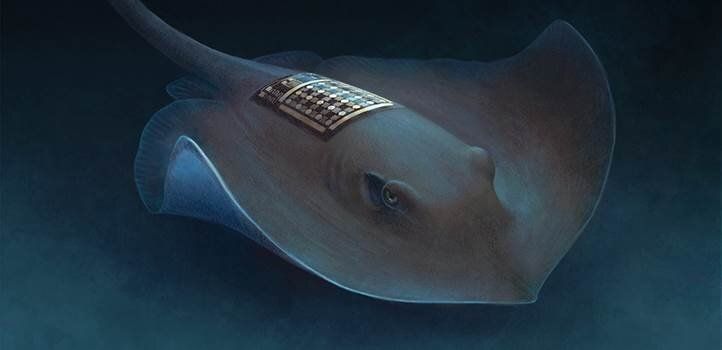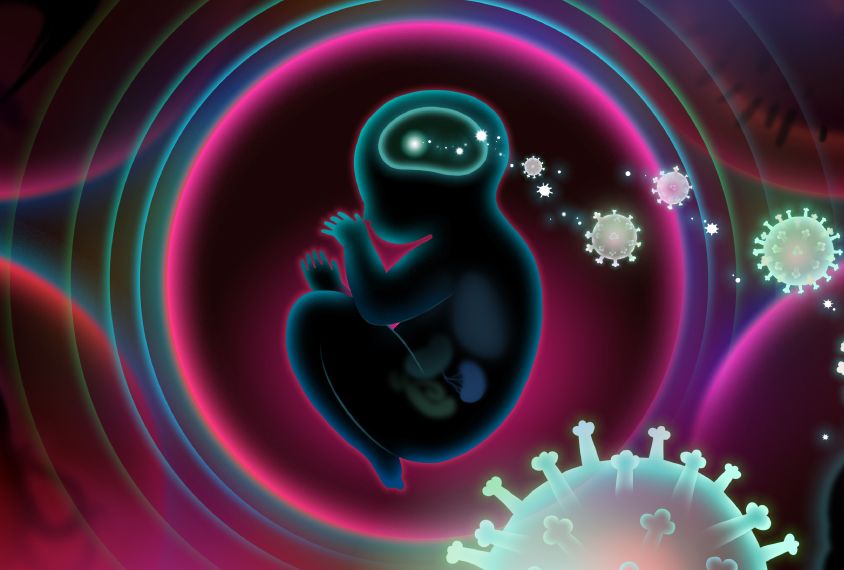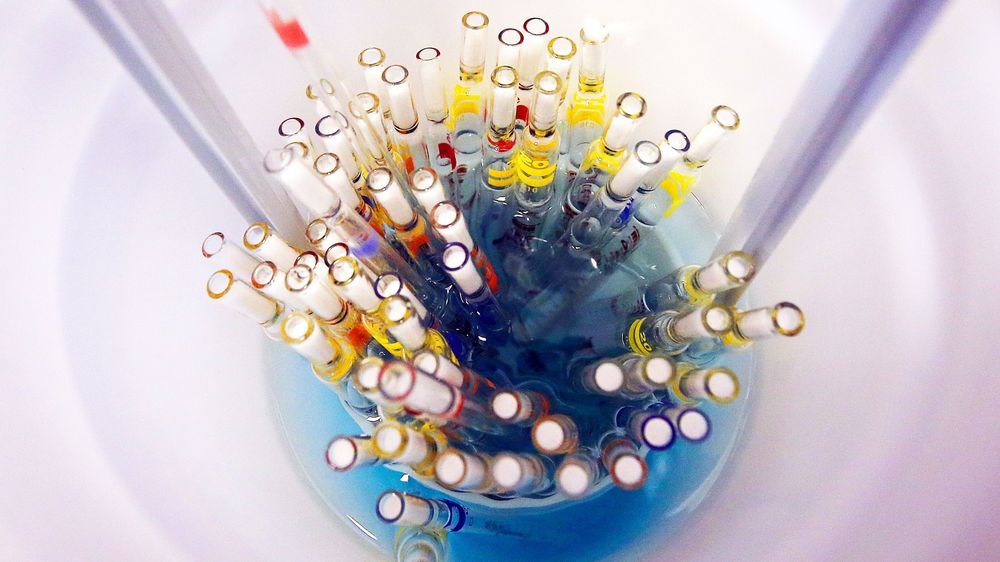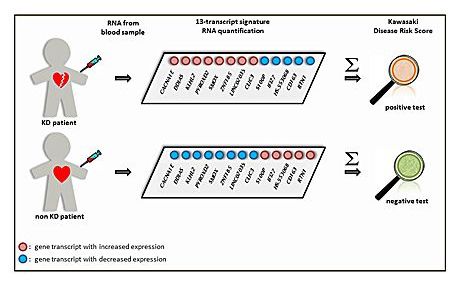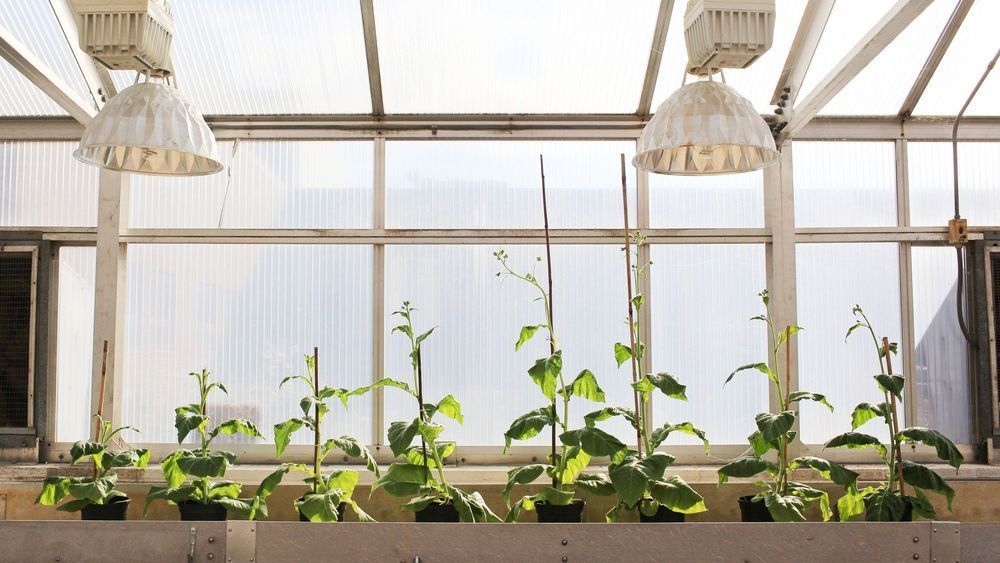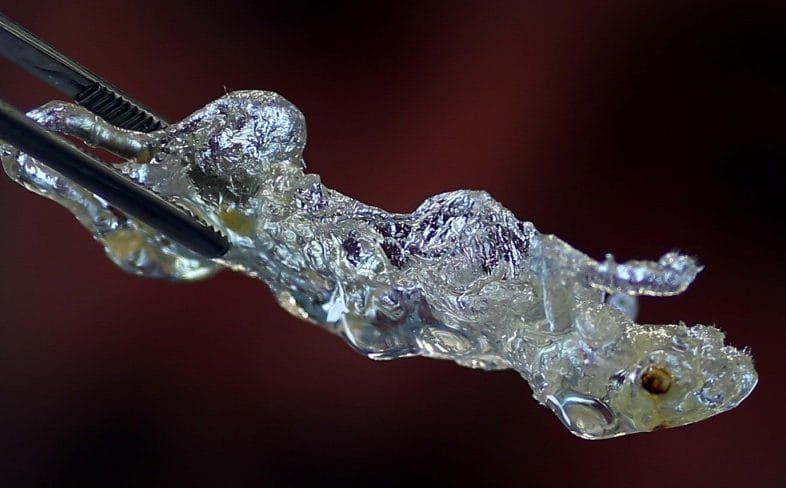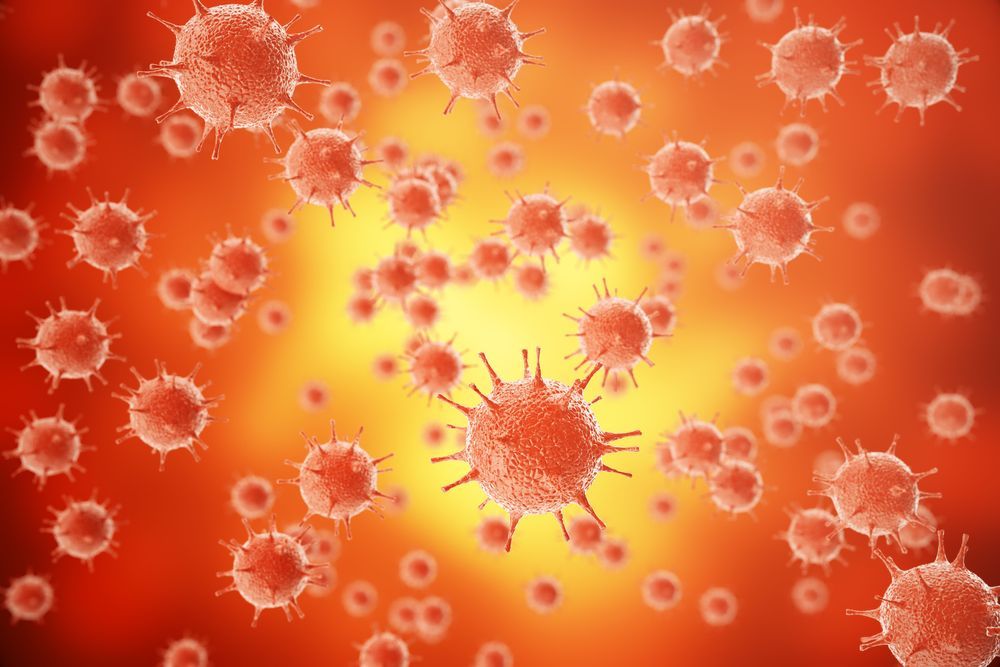Apr 24, 2019
Marine Skin dives deeper for better monitoring
Posted by Quinn Sena in categories: health, materials
A new and greatly improved version of an electronic tag, called Marine Skin, used for monitoring marine animals could revolutionize our ability to study sea life and its natural environment, say KAUST researchers.
Marine Skin is a thin, flexible, lightweight polymer-based material with integrated electronics which can track an animal’s movement and diving behavior and the health of the surrounding marine environment. Early versions of the sensors, reported previously, proved their worth when glued onto the swimming crab, Portunus pelagicus.
The latest and much more robust version can operate at unprecedented depths and can also be attached to an animal using a noninvasive bracelet or jacket. This can, when necessary, avoid the need for any glues that might harm an animal’s sensitive skin.
Continue reading “Marine Skin dives deeper for better monitoring” »
